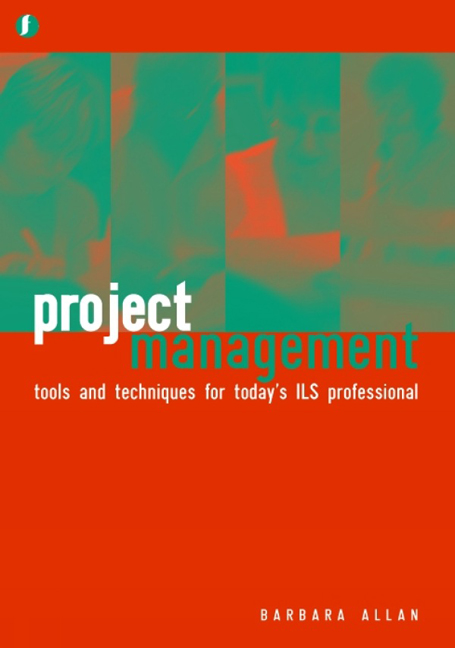Book contents
- Frontmatter
- Contents
- List of tables
- List of figures
- Acknowledgements
- Part 1 Introduction
- Part 2 The project life cycle, systems and processes
- Part 3 Projects and people
- 8 The people side of projects
- 9 Working in partnership
- 10 Working on projects
- 11 Project management skills and training
- Appendix A The language of funding
- Appendix B Resources
- Index
8 - The people side of projects
from Part 3 - Projects and people
Published online by Cambridge University Press: 08 June 2018
- Frontmatter
- Contents
- List of tables
- List of figures
- Acknowledgements
- Part 1 Introduction
- Part 2 The project life cycle, systems and processes
- Part 3 Projects and people
- 8 The people side of projects
- 9 Working in partnership
- 10 Working on projects
- 11 Project management skills and training
- Appendix A The language of funding
- Appendix B Resources
- Index
Summary
Introduction
The purpose of this chapter is to explore the people side of projects. Nowadays library and information workers may find themselves working in a variety of team situations ranging from small in-house teams through to multi-skilled teams and collaborative teams made up of workers from a variety of professions and organizations. The latter type of team is particularly found in partnership working and is considered in more detail in Chapter 9.
This chapter explores the people side of projects from the project manager's or co-ordinator's perspective. It starts by considering the fundamental requirements for project workers such as the need for a good-quality working environment and basic human resource management practices. The chapter then considers strategies for managing the team, including the characteristics of effective teams, getting started, life of teams, team roles, effective team working, challenging situations and reviewing team work. This is followed by a section that explores working across different cultures, for example with people from other countries or cultures, from different organizations or generations. Increasingly library and information workers are involved in working in virtual teams and the realities of virtual team work are explored and guidance given for project managers. Finally, the chapter explores the project manager's role in managing the people side of change that arises from the project.
Fundamental requirements for project workers
Chapter 2 outlines the different types of information workers (contract and permanent staff) who may be involved in working on the project. Many projects employ short-term contract staff and it is vitally important to ensure that they have access to a range of essential working requirements and services. These include:
• appropriate working environment, e.g. desk, computer with internet connection, Telephone
• relevant organizational information, i.e. information about the employing organization, the ILS, the project
• copies of organizational policies, e.g. equal opportunities policy, bullying and harassment policy, use of ICT and e-mail policy
• personnel information, e.g. contract, details about policies and procedures relating to holidays, sick leave, pensions.
- Type
- Chapter
- Information
- Project ManagementTools and techniques for today's ILS professional, pp. 129 - 148Publisher: FacetPrint publication year: 2004

